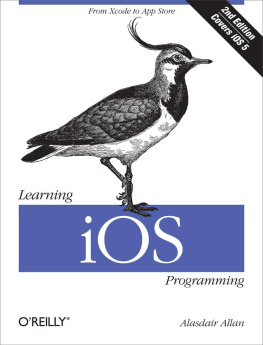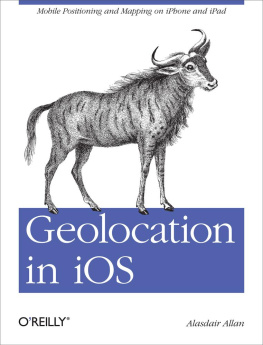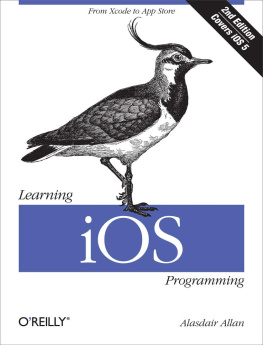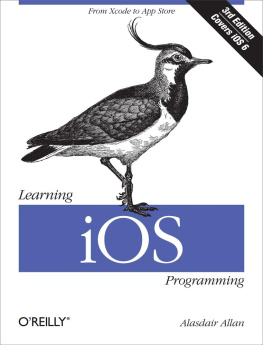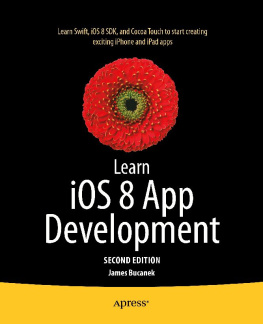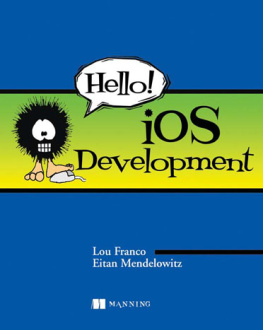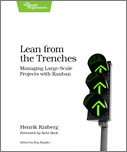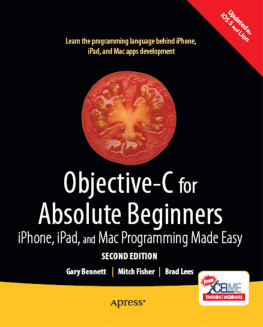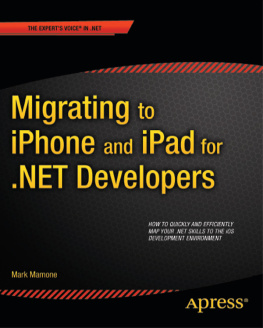Alasdair Allan - Learning iphone programming: Description based on print version record. - From Xcode to App store--Cover. - Includes index
Here you can read online Alasdair Allan - Learning iphone programming: Description based on print version record. - From Xcode to App store--Cover. - Includes index full text of the book (entire story) in english for free. Download pdf and epub, get meaning, cover and reviews about this ebook. City: Sebastopol, Calif, year: 2010, publisher: OReilly Media, genre: Computer. Description of the work, (preface) as well as reviews are available. Best literature library LitArk.com created for fans of good reading and offers a wide selection of genres:
Romance novel
Science fiction
Adventure
Detective
Science
History
Home and family
Prose
Art
Politics
Computer
Non-fiction
Religion
Business
Children
Humor
Choose a favorite category and find really read worthwhile books. Enjoy immersion in the world of imagination, feel the emotions of the characters or learn something new for yourself, make an fascinating discovery.

- Book:Learning iphone programming: Description based on print version record. - From Xcode to App store--Cover. - Includes index
- Author:
- Publisher:OReilly Media
- Genre:
- Year:2010
- City:Sebastopol, Calif
- Rating:4 / 5
- Favourites:Add to favourites
- Your mark:
Learning iphone programming: Description based on print version record. - From Xcode to App store--Cover. - Includes index: summary, description and annotation
We offer to read an annotation, description, summary or preface (depends on what the author of the book "Learning iphone programming: Description based on print version record. - From Xcode to App store--Cover. - Includes index" wrote himself). If you haven't found the necessary information about the book — write in the comments, we will try to find it.
Abstract: Get the hands-on experience you need to program for the iPhone and iPod Touch. With this easy-to-follow guide, youll build several sample applications by learning how to use Xcode tools, the Objective-C programming language, and the core frameworks. Before you know it, youll not only have the skills to develop your own apps, youll know how to sail through the process of submitting apps to the iTunes App Store. Whether youre a developer new to Mac programming or an experienced Mac developer ready to tackle the iPhone and iPod Touch, Learning iPhone Programming will give you a head start o
Alasdair Allan: author's other books
Who wrote Learning iphone programming: Description based on print version record. - From Xcode to App store--Cover. - Includes index? Find out the surname, the name of the author of the book and a list of all author's works by series.

